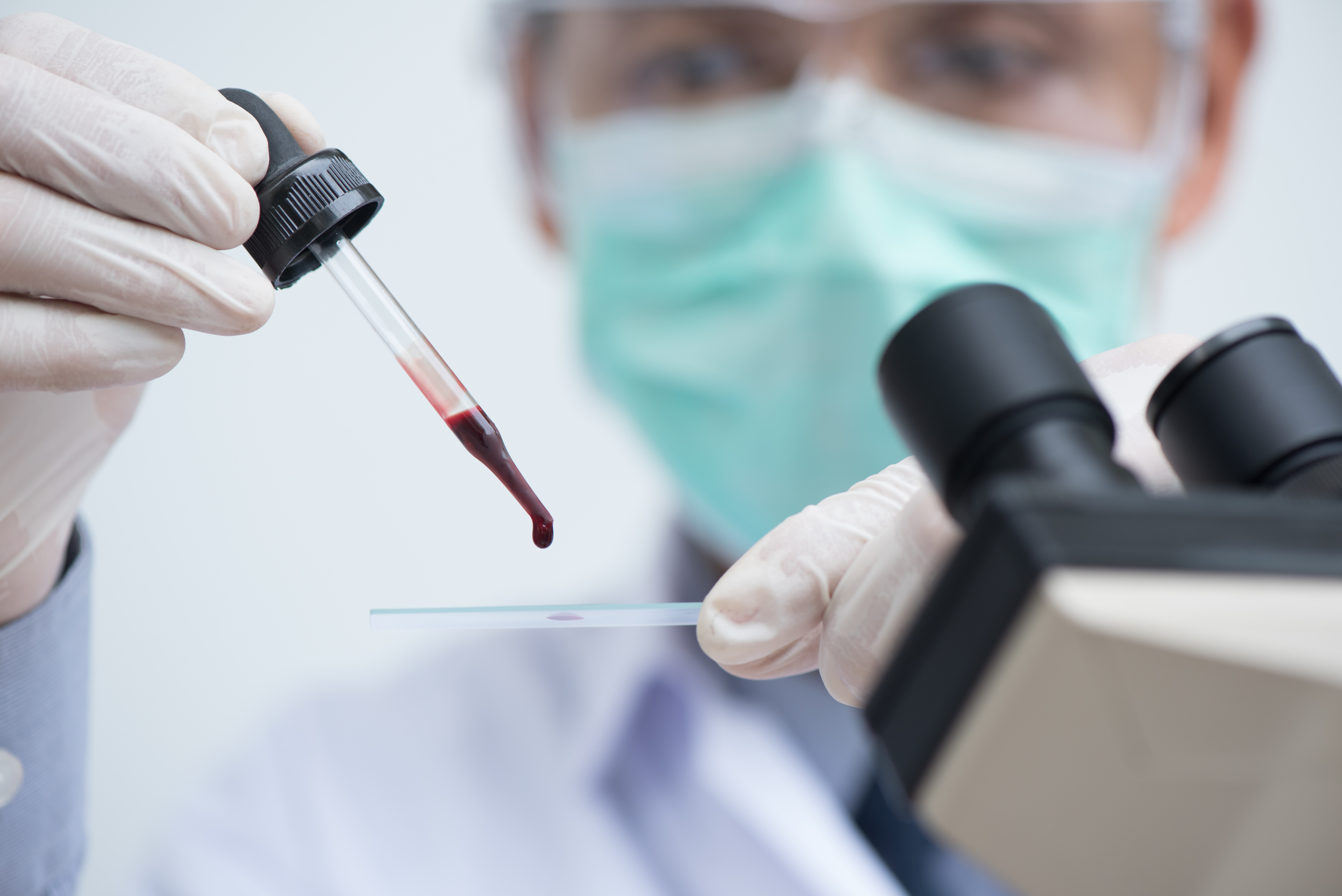a blood drive
the history of blood
Let us go back to the main stages of the blood transfusion, starting with its discovery and pursuing its onward development.

1628
Up until 1628, scientists believed that blood was a product of the liver. Until an English physician by the name of William Harvey made his major discovery in 1628. He described the blood stream and the importance of the heart in pulsating and circulating the blood around the body. He established that the heart acted as a pump, fitted with two ventricles, which contracted their walls in order to pulsate the blood through the arteries. The first blood transfusions between animals were performed around 1650.
1667
The first transfusion in humans with lamb’s blood, was performed in Montpellier by French physician French Jean-Baptiste Denis. The first patient to have been administered a blood transfusion was aged 15 years. He had been running a temperature for months on end but recovered and survived thanks to the transfusion. Doctor Denis repeated the procedure on 4 other subjects. The first two survived. The third died, albeit not as a result of the blood transfusion. The fourth subject received the first blood transfusion with calf’s blood. As his pathological condition did not improve, doctor Denis decided to perform a second transfusion. The fourth subject died in the process due to acute haemolytic shock, which had been caused by the destruction of the red blood cells transfused to the recipient.
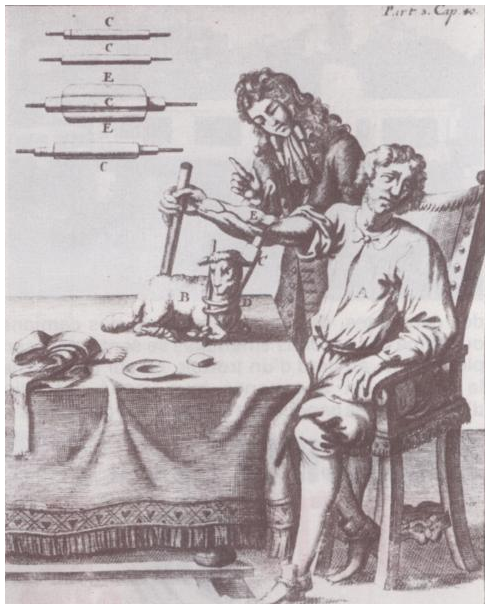
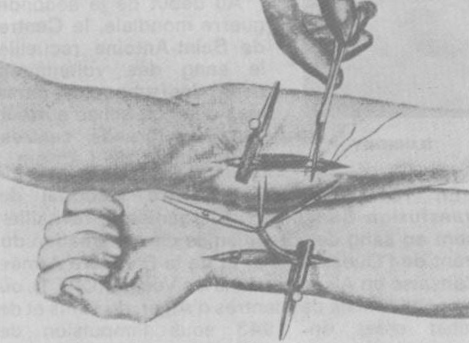
1818
After an unduly high number of deaths due to the transfusions of animal blood to humans, English physician James Blundell was the first to try intra-human transfusions from 1818 forward. Obstetrician Blundell also hoped he would be able to control post-partum bleeds thanks to these intra-human transfusions. Yet, two obstacles stood in the way of expanding intra-human transfusions: the fact that we did not know about the existence of different blood groups and the fact that blood start clotting immediately after it has been collected.
1900
In 1900, whilst comparing the blood of different subjects, Karl Landsteiner made a major discovery: the existence of blood group ABO. Thanks to the lessons he learned from his successful and failed attempts at transfusing blood between humans, he understood that there were incompatibilities between different types of human blood. This enabled him to substantially improve the success rate of his transfusions. This scientific find earned him the Nobel Prize in 1930. His date of birth, the 14th of June, now marks World Blood Donor Day.
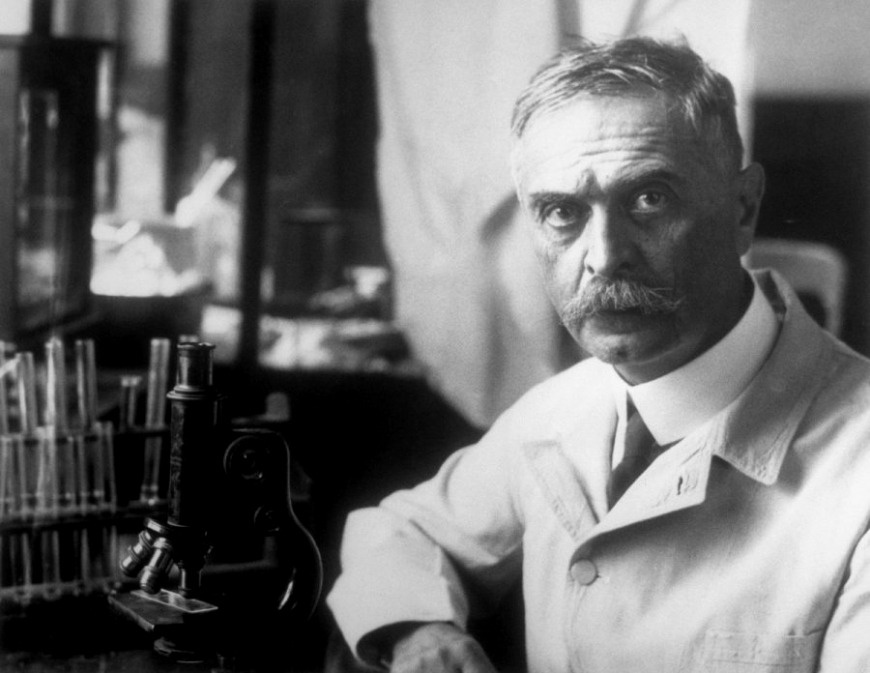
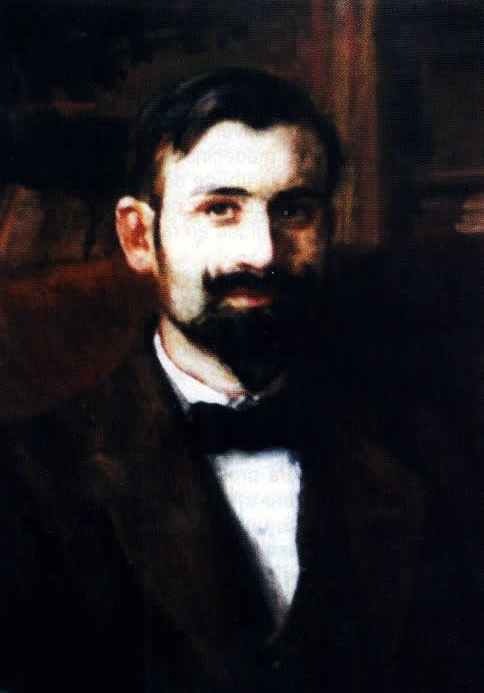
1914-1943
On 27 May 1914, a Belgian doctor by the name of Albert Hustin was the first to perform a blood transfusion by using blood that had been preserved thanks to the anticoagulant properties of sodium citrate. Thanks to this citrate, the blood was able to be kept for 4 days back in the day.
In 1940, Karl Landsteiner and Alexander Solomon Wiener discovered the Rh (D) antigen. They found that this new agglutinogen was responsible for unexplained accidents in the transfusions, all of which made transfusions increasingly safer for the blood recipients.
In 1943, John Freeman Loutit and Patrick Loudon Mollison devised and subsequently improved various anticlotting and blood preservation solutions. These solutions now enabled whole blood to be kept for 21 days. Around this time, the first Transfusion Centres were set up too.
The present
Little by little, from the 1960s forward, transfusions were adapted to the specific needs of patients for such or such blood components.
Nowadays, thanks to the imaginative feats of scientists, blood can be kept up to 42 days.
In addition, rigorous analyses are now performed on the samples collected at the time of the donation, to establish the donor’s blood group and to detect any abnormalities which might pose a risk to the health of the donor and of the recipient alike.
